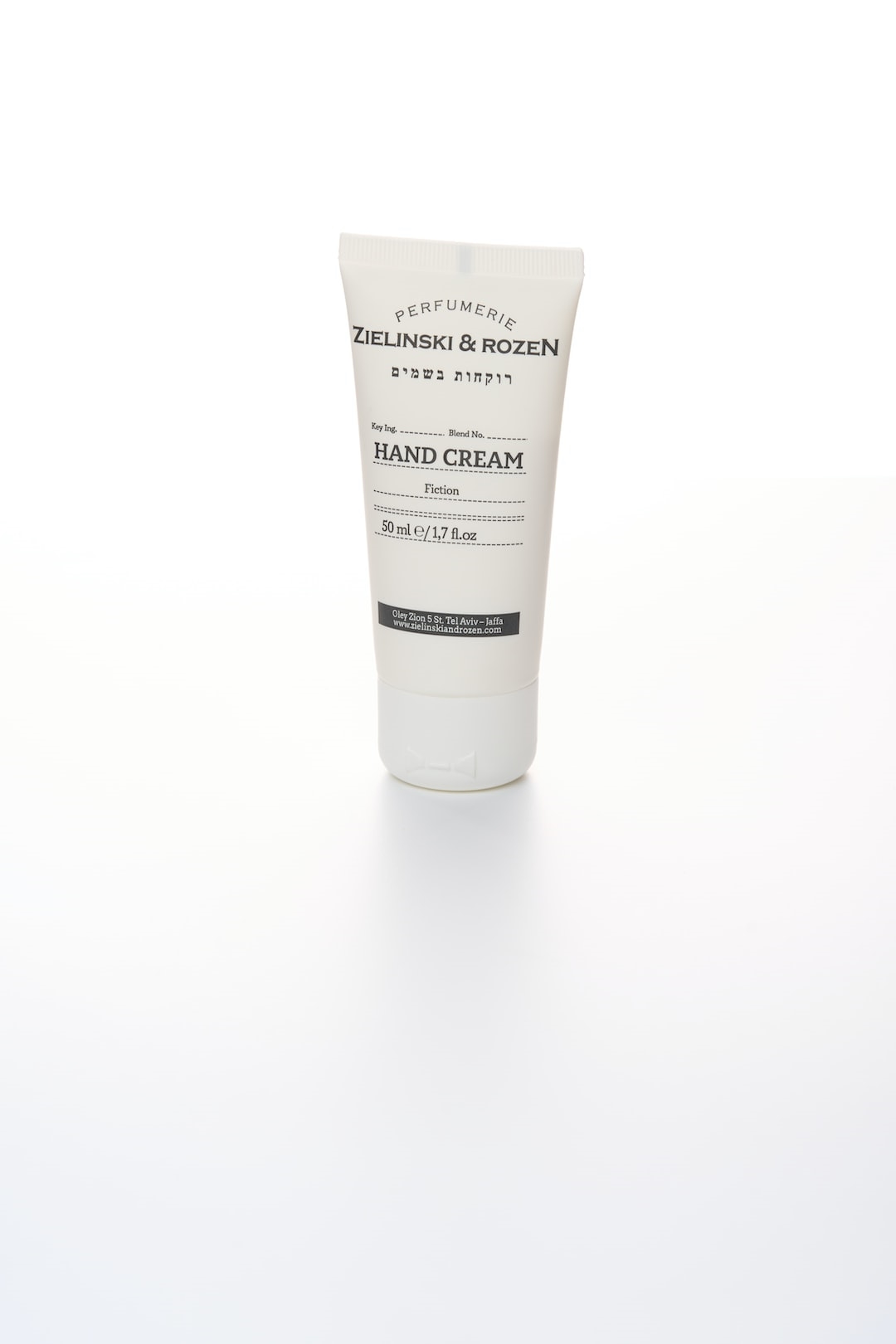Tattoos have become a popular form of self-expression, but sometimes people may regret their decision and seek tattoo removal. However, not all inks are easy to remove, and some are particularly challenging. In this article, we will explore the hardest ink to remove from the skin.
Types of Tattoo Inks
Tattoo inks can vary widely in composition, which affects their ease of removal. Here are some common tattoo ink types:
- Black ink: The most commonly used ink for tattoos, black ink typically contains carbon black. It is considered relatively easier to remove compared to other colors.
- Color inks: Colorful tattoos consist of various pigments, such as red, blue, green, and yellow. Each color may have a different composition, making their removal more challenging.
- White ink: White ink is less commonly used but can be more challenging to remove due to its composition, which often includes titanium dioxide.

Factors Affecting Ink Removal
Several factors influence the difficulty of removing tattoo ink:
- Tattoo age: Older tattoos tend to be easier to remove as they may have faded over time.
- Ink depth: Tattoos done at a deeper layer of the skin are typically harder to remove.
- Tattoo location: Tattoos on areas with better blood circulation, such as the arms, are easier to remove compared to those on bony or less vascular areas.
- Tattoo colors: Some colors, such as red, yellow, and fluorescent inks, are notoriously challenging to remove.
The Hardest Ink to Remove
While all tattoo inks present some level of difficulty in removal, fluorescent and white inks are often considered the hardest to eradicate. Fluorescent inks contain brightening agents that can interfere with laser removal, making the process more complex and time-consuming. Similarly, white inks’ composition containing titanium dioxide can make them resistant to laser treatments.
Tattoo Removal Methods
Various methods are available for tattoo removal:
- Laser tattoo removal: This method uses laser technology to break down the tattoo ink particles, making them easier for the body to eliminate.
- Tattoo removal creams: These topical creams claim to fade tattoos over time, but their effectiveness can vary.
- Salabrasion: This technique involves rubbing the skin with a saltwater solution to remove the tattoo ink layers.
- Surgical removal: In some cases, surgical excision may be necessary, especially for tattoos that are resistant to other removal methods.
When considering tattoo removal, it’s important to understand that not all ink colors are equally easy to eradicate. While black ink is generally easier to remove, colorful tattoos, especially those with fluorescent or white inks, pose greater challenges. Consulting with a professional tattoo removal specialist will help determine the most suitable method for removing a specific tattoo.

